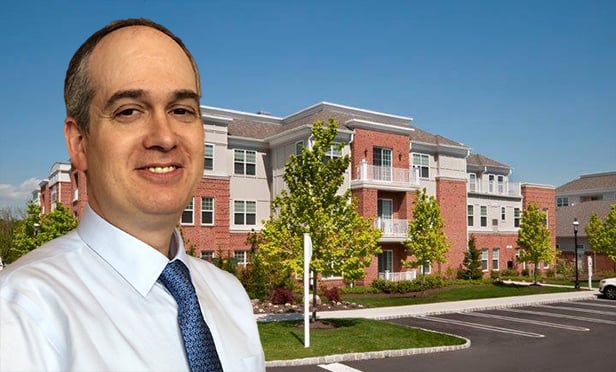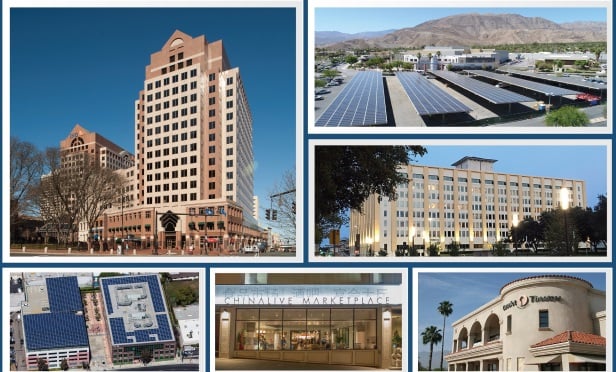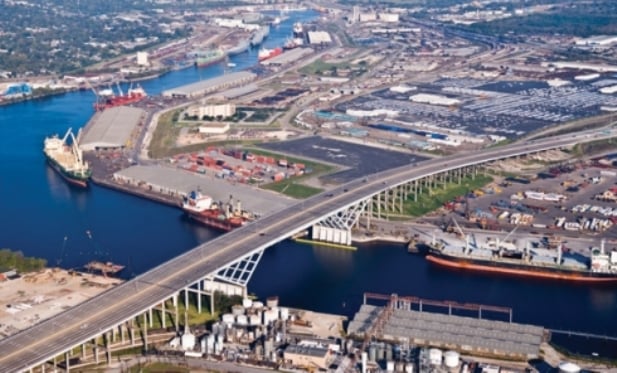As demonstrated by the recent success of LA's Better BuildingChallenge, California is committed to reducing theenvironmental footprint of its construction industry. The State'sGreenBuilding Standards Code, better known as CALGreen, is currently being updated to furtheradvance green building practices. The updated code goes into effecton January 1, 2014. In 2011 it was estimated that a reduction of 3 million metrictons of greenhouse gases by 2020 could be achieved as a directresult of the requirements of CALGreen. It is hoped that with thenew updates, which continue to push the envelope on green buildingmandates , California's construction industry can take an evenlarger step toward meeting the State's greenhousegas emissions reduction goals. My company Partner Energy hasprovided consulting services to over a dozen projects to comply with the CALGreenrequirements. From working with developers, architects, buildingofficials and inspectors, we have accumulated a wealth of expertiseon the subject. Let's take a closer look at the standards and howyou can prepare for the updates: So what is CALGreen?CALGreen was originally developed in 2008 as a voluntary compliance document. On January 1,2011 the Green Building Standards code became mandatoryfor all buildings in the state of California. CALGreen is thenation's first statewide green building code. It establisheduniform minimum green building standards – some mandatory and somevoluntary – aimed at reducing the environmental impact ofresidential, commercial, and public building constructionpractices. Simply put, CALGreen establishes the 'floor' for minimumperformance levels, while the 'ceiling' is set by other third partycertification systems such as Leadership in Energy &Environmental Design (LEED). CALGreen applies throughout the full life of a building - fromdesign to construction, operation and occupancy – and focuseson:
- Planning andDesign
- EnergyEfficiency
- Water Efficiencyand Conservation
- MaterialConservation and Resource Efficiency
- EnvironmentalQuality
- Additions andAlterations
- Clarified andExpanded Language
- RevisedMeasures
- NewMeasures
Continue Reading for Free
Register and gain access to:
- Breaking commercial real estate news and analysis, on-site and via our newsletters and custom alerts
- Educational webcasts, white papers, and ebooks from industry thought leaders
- Critical coverage of the property casualty insurance and financial advisory markets on our other ALM sites, PropertyCasualty360 and ThinkAdvisor
*May exclude premium content
Already have an account?
Sign In Now
© 2024 ALM Global, LLC, All Rights Reserved. Request academic re-use from www.copyright.com. All other uses, submit a request to [email protected]. For more information visit Asset & Logo Licensing.








